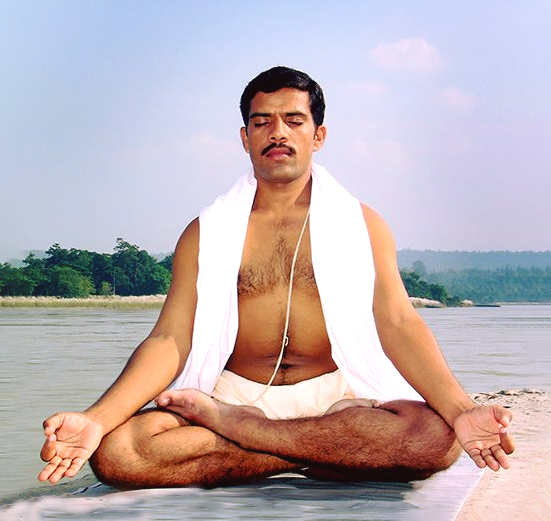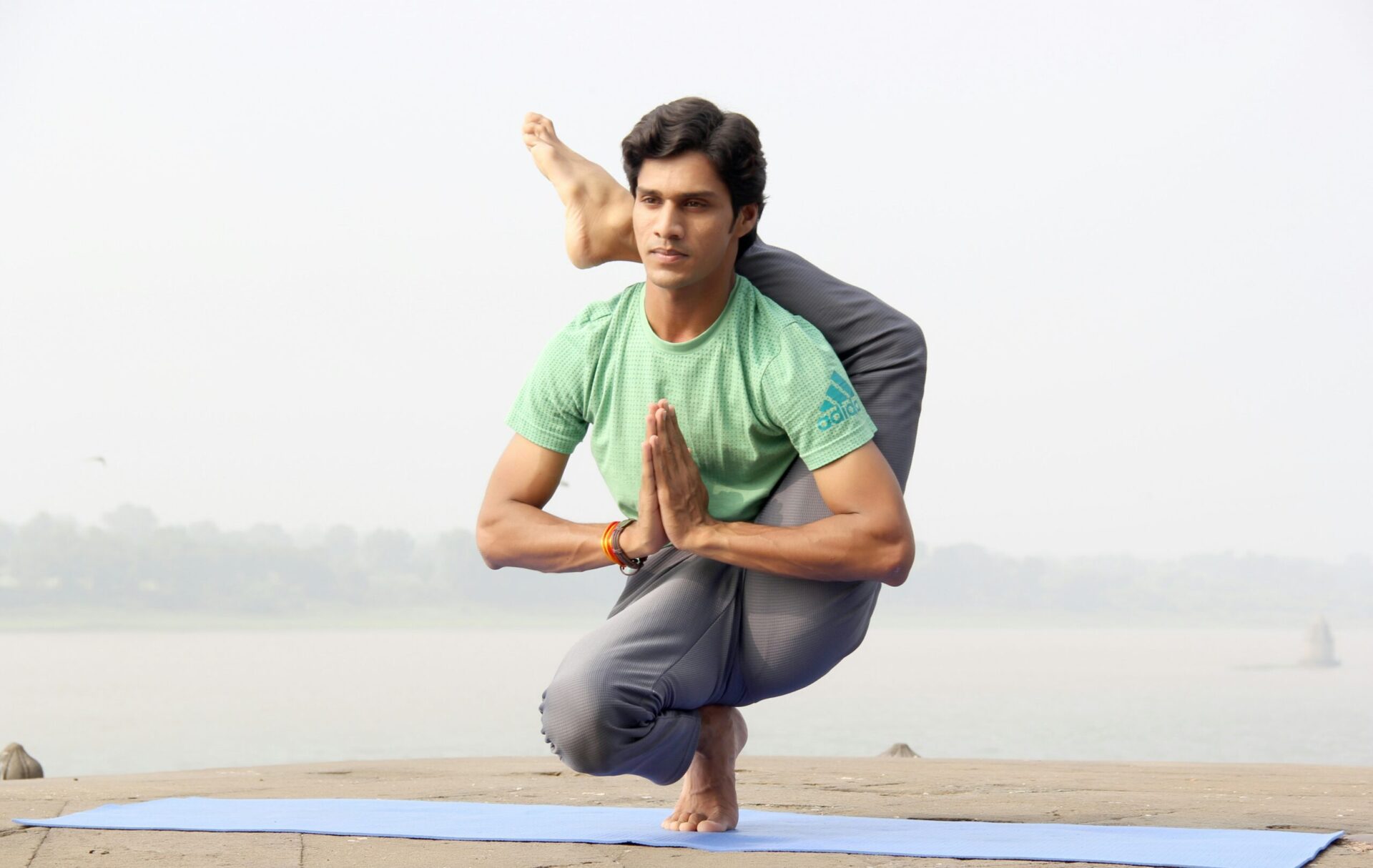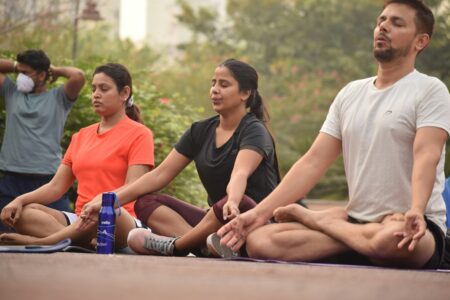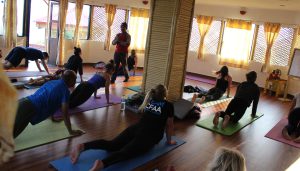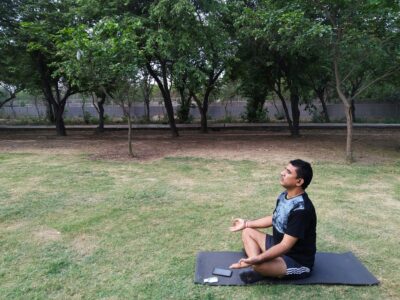5 Yoga Asana’s for a Healthy Gut
5 Yoga Asana , There has been a major shift in the attention and care that society is now putting into their own health. Especially when it comes to what they put in their mouths. But although diet is a crucial factor in managing health, many people don’t realize how movement, exercise, and gentle stretches can make a difference to digestive and even emotional well being.
One of the most effective ways for my clients to regulate their bowel movements is through yoga practice. There is endless research attempting to understand which factors contribute to imbalance and disharmony within the gut, and often times people are unaware of how stress affects the digestive system. Bending, stretching, flowing and breathing during asana practice are all proven techniques to help calm our mind and in turn calm our digestive organs.
It can be intimidating to figure out how to use yoga for digestive health, so I’ve put together five great poses to help you with digestive upsets and irritable bowel syndrome (IBS).
I suffered with IBS my entire life, it wasn’t until I was 26 when I finally said enough is enough, and I went to the doctor. For years I had extreme bloating after meals, embarrassing gas that made it near impossible to walk without letting one rip, sorry not sorry!
After my visit to the hospital, I got results back from my blood tests, stool sample and ultrasound. I was told that I had IBS, but I wasn’t given much idea of how to treat it. I’m far too passionate about my health to take those words and forget about the last 26 years of farting I’ve put myself and innocent bystanders through! So I turned to yoga, and I can honestly say that it has helped my digestive system out IMMESURABLY!
The great thing about yoga is that its mainstream, so it should be easy enough for you to find a studio offering classes in your area. Whether or not these classes specifically mention or focus on their abilities to help with digestive discomfort is irrelevant.
For those of us who have studied yoga philosophy, we know that there is historical evidence of yogis using various asanas for their therapeutic benefits to heal the body. So let’s start with the fundamental element, breathing.
5 Yoga Asanas to Improve Digestion and Relieve IBS
There has been a shift in how society focuses on health. While diet plays a significant role, many overlook how yoga and movement impact digestion and emotional well-being.
Yoga can help regulate bowel movements, especially for those with irritable bowel syndrome (IBS). Research shows that stress affects the digestive system, and yoga helps calm the mind, which in turn relaxes the digestive organs.
Here are five yoga poses to help with digestive discomfort:
1. Pranayama (Breath Work)
Breathing exercises are simple yet powerful. Practice anywhere—on a bus, at work, or in bed.
To perform Pranayama:
- Find a quiet, comfortable space.
- Lie flat, close your eyes, and relax your body.
- Inhale deeply into your belly for 4-8 seconds, then exhale slowly.
- Focus on your breath and relax.
This helps relax the body and promotes blood flow to the abdomen, improving digestion.
2. Cat and Cow Pose (Marjaryasana-Bitilasana)
Start in a tabletop position with your hands under your shoulders and knees under your hips.
- Inhale: arch your back, lift your chest, and gaze up (Cow Pose).
- Exhale: round your back, lower your head, and engage your abdomen (Cat Pose).
This movement helps stimulate digestion by massaging the internal organs and relieving bloating.
3. Supine Twist Pose (Suptamatsyendrasana)
This twist is excellent for digestion.
- Lie on your back with arms outstretched.
- Bend your right knee and twist it gently across to the left while keeping both shoulders on the ground.
- Hold for one minute, then switch sides.
Twists aid in detoxifying the body and improving bowel movement regularity.
4. Forward Bends
Forward bends like Uttanasana (Standing Forward Bend) and Janu Sirsasana (Head-to-Knee Forward Bend) are beneficial for digestion.
- In Uttanasana, bend forward from your hips, not your back, allowing the head to move towards the knees.
- In Janu Sirsasana, sit with one leg extended, bend the other leg, and lean forward.
These poses release tension in the stomach and pelvis, helping to relieve gas and bloating.
5. Child’s Pose (Balasana)
Child’s Pose is great for relaxing your digestive system.
- Sit on your heels and spread your knees wide.
- Stretch your arms forward and lower your torso to the floor.
This calming pose helps release stress and pressure on the digestive organs.
Conclusion: Yoga for Digestive Health
These five asanas can significantly improve digestion and help with IBS. Practice daily, especially before meals or at bedtime, to experience better gut health. If you have any digestive discomfort, yoga can offer a natural remedy to calm your system and restore balance.
Related articles
 April 30, 2024Read more
April 30, 2024Read moreThings to know before a yoga teacher training course in nepal
The global yoga market has witnessed exponential growth, especially with the rise of social media and online platforms. As...
 April 8, 2024Read more
April 8, 2024Read moreWhy the Nepal Police Academy has integrated Office yoga?
Implementing office yoga at the Nepal Police Academy could bring several benefits to both the physical and mental well-being...
 April 8, 2024Read more
April 8, 2024Read moreBeing Stress Free Through Yoga
In today’s fast-paced world, stress has become a common part of our daily lives. Whether it’s work deadlines, family...


